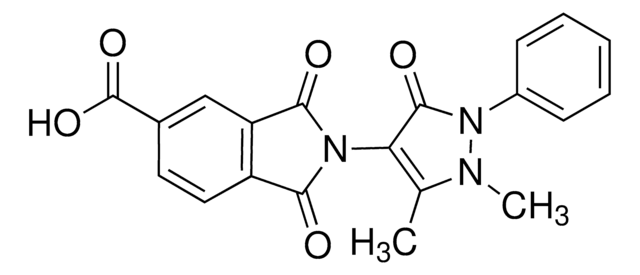SRP0255
eIF4E Active human
N-terminal GST-tag, recombinant, expressed in E. coli, ≥70% (SDS-PAGE)
Synonym(s):
CBP, Eukaryotic translation initiation factor 4E, mRNA cap-binding protein
About This Item
Recommended Products
biological source
human
recombinant
expressed in E. coli
Assay
≥70% (SDS-PAGE)
form
aqueous solution
mol wt
51 kDa
packaging
pkg of 100 μg
concentration
>0.02 mg/mL
technique(s)
cell based assay: suitable
suitability
suitable for molecular biology
NCBI accession no.
UniProt accession no.
shipped in
dry ice
storage temp.
−70°C
Gene Information
human ... EIF4E(1977)
General description
Application
Biochem/physiol Actions
Physical form
Preparation Note
Storage Class Code
10 - Combustible liquids
WGK
WGK 1
Flash Point(F)
Not applicable
Flash Point(C)
Not applicable
Choose from one of the most recent versions:
Certificates of Analysis (COA)
Don't see the Right Version?
If you require a particular version, you can look up a specific certificate by the Lot or Batch number.
Already Own This Product?
Find documentation for the products that you have recently purchased in the Document Library.
Our team of scientists has experience in all areas of research including Life Science, Material Science, Chemical Synthesis, Chromatography, Analytical and many others.
Contact Technical Service








